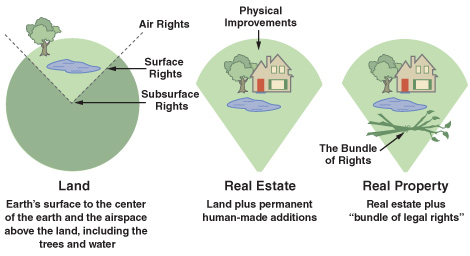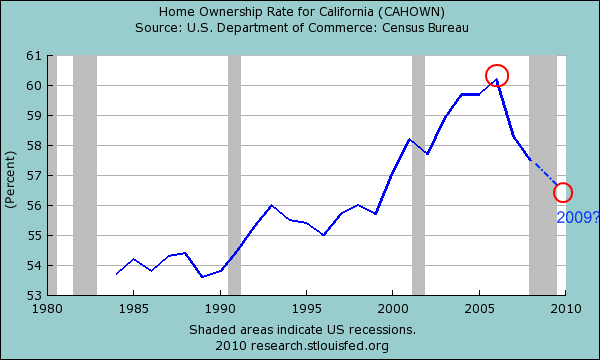Markets and Environments
The “American Dream” affects the German Market
By Roman Schilzow
“From Wall street to Main Street” is a German book by Michael Bloss,Dietmar Ernst, Joachim Häcker, and Nadine Eil. As well as the book, this research paper tries to explain how the Financial Crisis 2008, after significantly affecting the American market, could spill over its borders and affect economies all over the world, in particular the German economy. What started with the “American Dream” of affordable houses for everyone, led to one of the most significant financial crisis in history. But how did it affect other economies, especially the German market?
This research paper will answer these questions by taking a closer look at the securitization model, and explaining which factors changed a local issue to a global one. Also, by presenting data and facts about the German economy during the financial crisis,and looking at companies that suffered, show how the German market got affected.
The following graph shall help to visual the relationship and connection between each participant in the securitization model.

Source: Thomas Schmitz-Lippert; Recht der Finanzaufsicht; Vorlesung 6, Finanzkrise II
At the very beginning of the system there are borrowers. This demand for money will be met by commercial banks or thrifts who act as originators of mortgages. To make sure that there is enough liquidity to meet the demand; mortgages are sold by the commercial banks on the secondary mortgage market, usually to big investment banks, such as Lehman Brothers, which need liquidity too. After bundling those ABSs and MBSs into different pools, and receiving a risk grade from rating agencies, those debt securities are being sold withthe help of so called Special Purpose Vehicles (SPVs). These SPVs usually represent a subsidiary of the selling Investment bank.SPVs are created so that investment banks can relieve their equity capital and adjust certain debt obligations by selling them to the SPV.The last step, but probably the most important point in answering the question how this system could affect other economies too, is the disposition of Asset Backed Commercial Papers (ABCP) to investors from all over the world. Such investors, for instance are insurance carriers, or other international investment banks, such as the German Hypo Real Estate.
Nevertheless, this model itself didn’t lead to the crisis, from which we haven’t fully recovered yet. Furthermore, this system was needed to generate liquidity efficiently, the most important driving forcefor every market. But how did it start?
After a period of low interest rates and a steady decrease of lending standards, the demand for houses and also the prices rose significantly. It kept its trend until interest rates started to rise at the end of 2004. At first it didn't get much attention until the first borrowers couldn’t pay back their loans. Like a wave it affected more and more homeowners, which led to significant decreases in property prices. More and more payments defaulted within a short time and like a domino effect it spread in all sectors. Investors who tried to sell their investments were not able to, as there was nobody willing to buy them. Most of those investments were worth almost nothing and everybody investing in such securities had to depreciate their investments. Therefore, everybody who was somehow involved in those complex securities had realized loses. So did the German Hypo Real Estate.

Before taking a closer look at Hypo Real Estate, here are some facts to show how the crisis affected Germany in general. With a negative growth of 6.9% compared to 3.9% in the US within one year, Germany suffered one of the ten biggest losses during the financial crisis. USA was ranked twentieth. One reason why the German economy suffered more than the US economy is due to Germany’s leading position in exports. As demand decreased all over the world, Germany experienced a significant cutback in this sector.
The Hypo Real Estate was the first German bankwhich received financial help by the government. At the end of 2010, financial support amounted to almost 125 billion Euros. Today the Hypo Real Estate is wholly owned by the government with its major task to reorganize its structure and making it public again within the next couple of years. As already mentioned above, as the first bank receiving government help, it plays a very significant role, as from this time more and more banks needed government help. To protect banks from going bankrupt, the government established the SoFFin (Sonderfonds Finanzmarktstabilisierung - Financial Market Stabilization Fund), which helped more than 10 banks with new equity capital and issued guarantees. Thus, the government now held shares of some major German banks.
Nevertheless, even though the German economy was suffering more than the average, itis recovering pretty well. Germany’s economy experienced a real growth of 3.6% in 2010 and is expected to reach the same level in 2011 as it was before the financial crisis in 2008. Also, the amount of employed people is as high as never before, and is expected to rise even more in the near future.
To sum up, many incidents combined led to the fact that the financial crisis not only affected the US economy, but also economies all over the world. Probably the most significant aspect is represented by the securitization system itself. A system which connected participants so close together that only a slight malfunction led to the collapse of the whole. Participants who were only focused on their actions and who always wanted more, kept the risk beside and created a base for the failure of the system. The German Hypo Real Estate, as an example of how such a failure could look like, may raise another question: is it necessary, as John Maynard Keynes called for, to have more government regulations? Regulations which try to protect such systems to get out of hand one more time.
References:
[1]
Thomas Schmitz-Lippert; Recht der Finanzaufsicht; Vorlesung 6,
Finanzkrise II
j
ura.unibonn.de/...Rechtswissenschaft/.../Voelkerrecht/Vorlesung_Recht_der_Finanzaufsicht/Vorlesung_6_-_Finanzkrise_II.ppt
[2] http://www.investopedia.com/terms/s/spv.asp
[3] Börsen, Banken und Kapitalmärkte by Wolfgang Bessler, October 2006
[4] http://www.finanzen.net/leitzins/
[5] Deutschland gehört zu den größten Verlierer der Weltby Martin Greive, 06.09.2009
http://www.welt.de/wirtschaft/article4474344/Deutschland-gehoert-zu- groessten-verlierern-der-Krise.html
[6] Wirtschaftswachstum Deutschlands bei 3,6 Prozentby Focus Money,12.01.2011
http://www.focus.de/finanzen/finanz-news/deutschland-wirtschaftswachstum-deutschlands-bei-3-6prozent_aid_589547.html
[7] Estate Analysis: Environments and Activities by Julian Diaz III and J. Andrew Hansz, Kendall Hunt, 2010, p. 162










